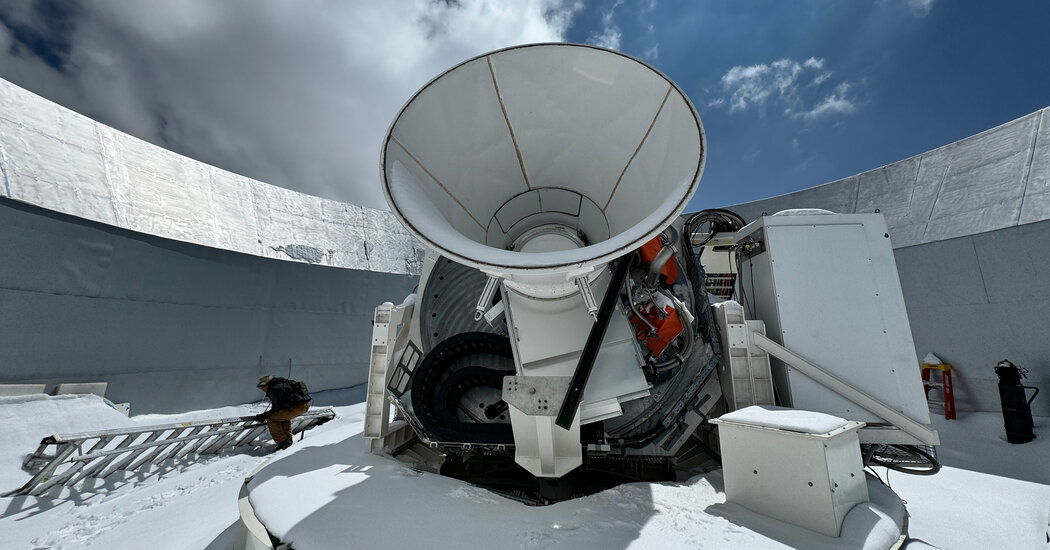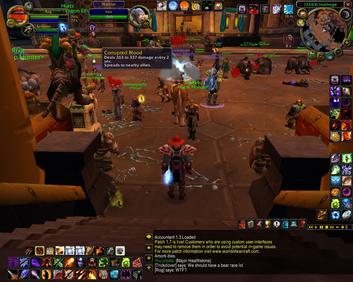Also well known for foiling evil plots while wearing a fedora.
Freeloading feline! Puss yourself up by your boots.
I don't think it's lack of spine. I think he's deliberately sold his soul for power and influence and money.
No! He can't release his healthcare plan until after his taxes, and those are being audited.
"Slammed". Everyone take a shot.
Sorry, yes, girls can be just as evil as boys.
How do the colors work with regard to the gender?
Because he knows their plans for world domination.
Incredibly dangerous apex predator absolutely destroyed by ferocious feline.
I love Scott and his content, but the idea of naming asteroids is stupid vanity. Give them a number and be done with it, like every other astronomical object.
Is this Jeremy Kubica, noted asteroid finder?!
The king is dead. 😥
What, he hasn't ever worn a tan suit?
If this is the best they can dig up against him, he must be a pretty awesome guy!
The cat is not accepting you. He is manipulating you in order to dominate you.
A sensible, compassionate, gracious and humble response? I thought this was the internet?
As it studies cosmic microwaves, the Simons Observatory in Chile aims to help prove or disprove cosmic inflation, a notion that the universe expanded rapidly in the moment after the Big Bang.

The Simons Observatory, a group of microwave telescopes in the high desert of Chile, is starting to gather data to attempt to prove or disprove the theory of inflation.
Un-paywalled article from the NY Times.
A growing number of researchers in the field are using their expertise to fight the climate crisis.

> A growing number of researchers in the field are using their expertise to fight the climate crisis.
The article spotlights several astronomers who are attempting to fight climate change, sometimes through changing careers.
NYT gift link, should be un-paywalled.
I love seeing the astro images posted here, but may I share an algorithm for making them even more beautiful?
Most astro images are created from separate red, green and blue images taken with electronic detectors (whether using classic BVR filters in an attempt to replicate what the eye might see, or some other combination in a "false color" image). There are two big problems that are common with the images created in this way (even by professionals).
The first is in the choice of stretch: how brightness on the detector maps to brightness on the displayed image. Most choose a linear or a logarithmic stretch. A linear stretch brings out fine detail at the faint end, but can leave the viewer ignorant of details at the bright end. A logarithmic stretch allows you to bring out details at the bright end, but not the faint end. Instead of these, choose an asinh (inverse hyperbolic sine) stretch, which is able to bring out both the faint and bright features. It scales linearly at the faint end and logorithmically at the bright end, giving you the best of both worlds.
The second is in the handling of saturation: how to display pixels that are too bright for the chosen stretch. Most apply the stretch separately in the red, green and blue channels. This makes the cores of bright objects appear as white in the color image, while they are surrounded by a halo that is more appropriate to the actual color of the object. The color of a pixel should instead be set by considering all of the channels together. This way, bright objects will have a uniform color, regardless of whether the stretch has been saturated in any of the channels.
See here for a direct comparison between the classic approach and this (not really) new algorithm on the old Hubble Deep Field.
If you would like to adopt this algorithm for your own work, there is a python implementation that you might find useful.
> ... researchers noted the similarities between the game and the real-world pandemics. Both had an immediate impact on dense urban areas, which limited the effectiveness of containment procedures in stopping the spread of disease, while air travel, like fast travel, allowed infections to spread across large parts of the world with ease. Lofgren compared the in-game "first responders", many of whom contracted Corrupted Blood when they attempted to heal others, to healthcare workers that were overrun with COVID-19 patients and became infected themselves. While a direct analogue was not made to griefers [players who engage in bad faith multiplayer game tactics], meanwhile, Lofgren also acknowledged individuals who contracted the COVID-19 virus but chose not to quarantine, thus infecting others through negligence.
